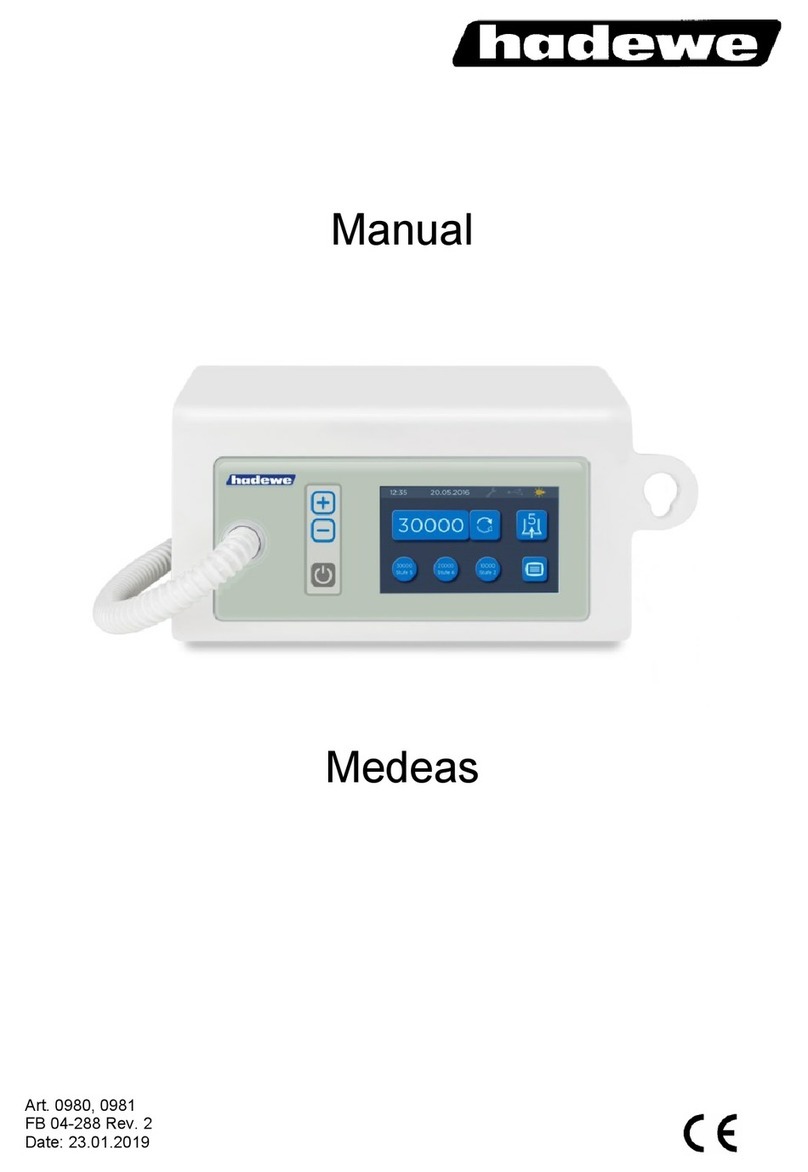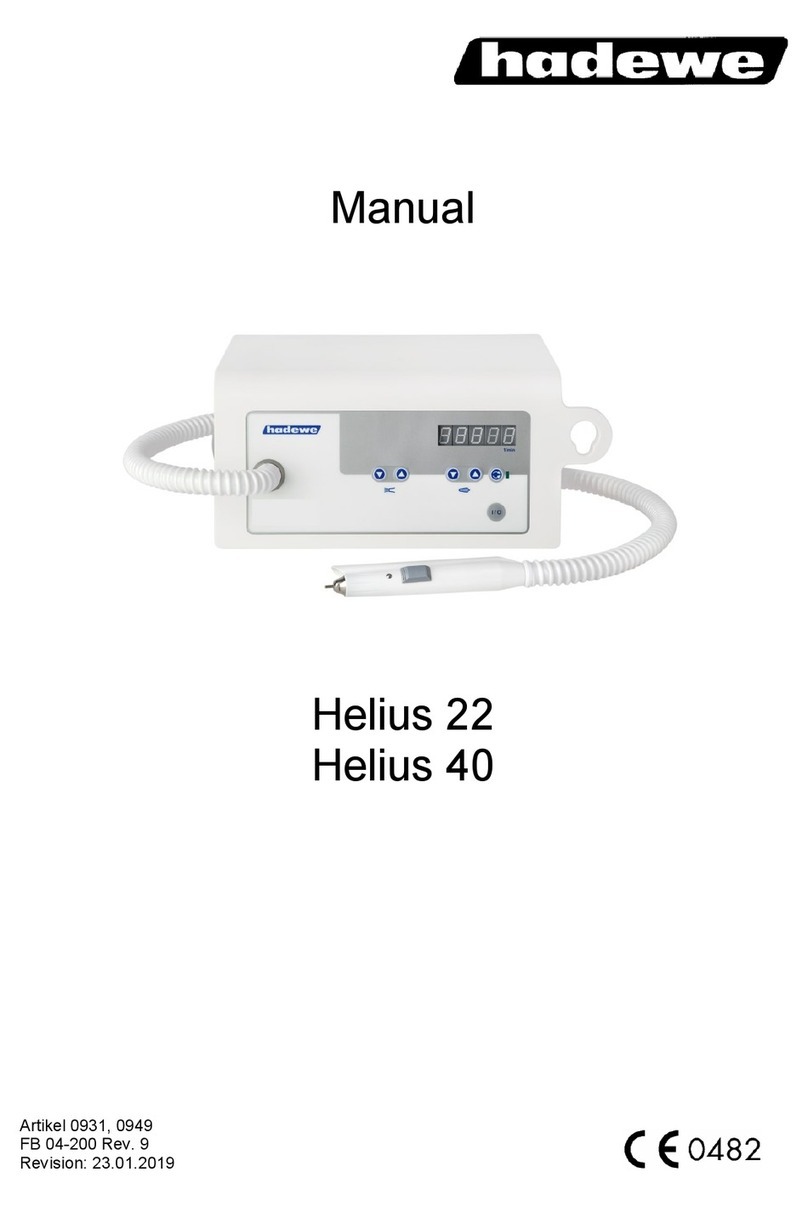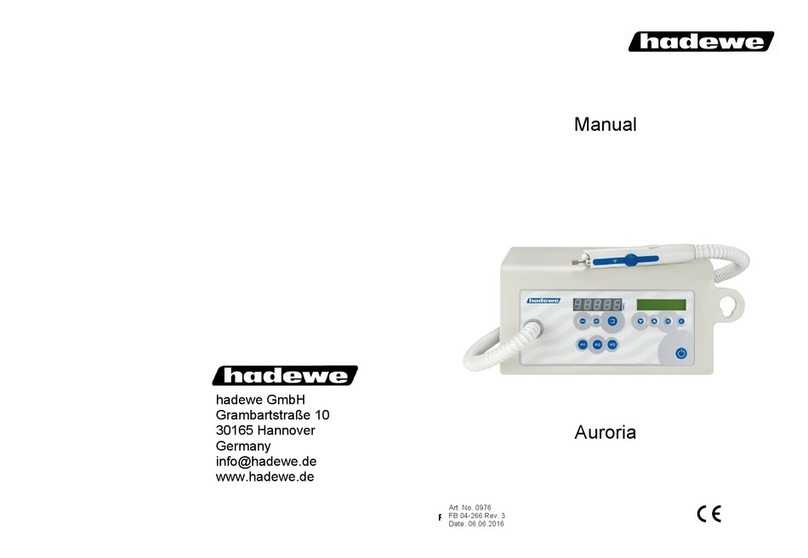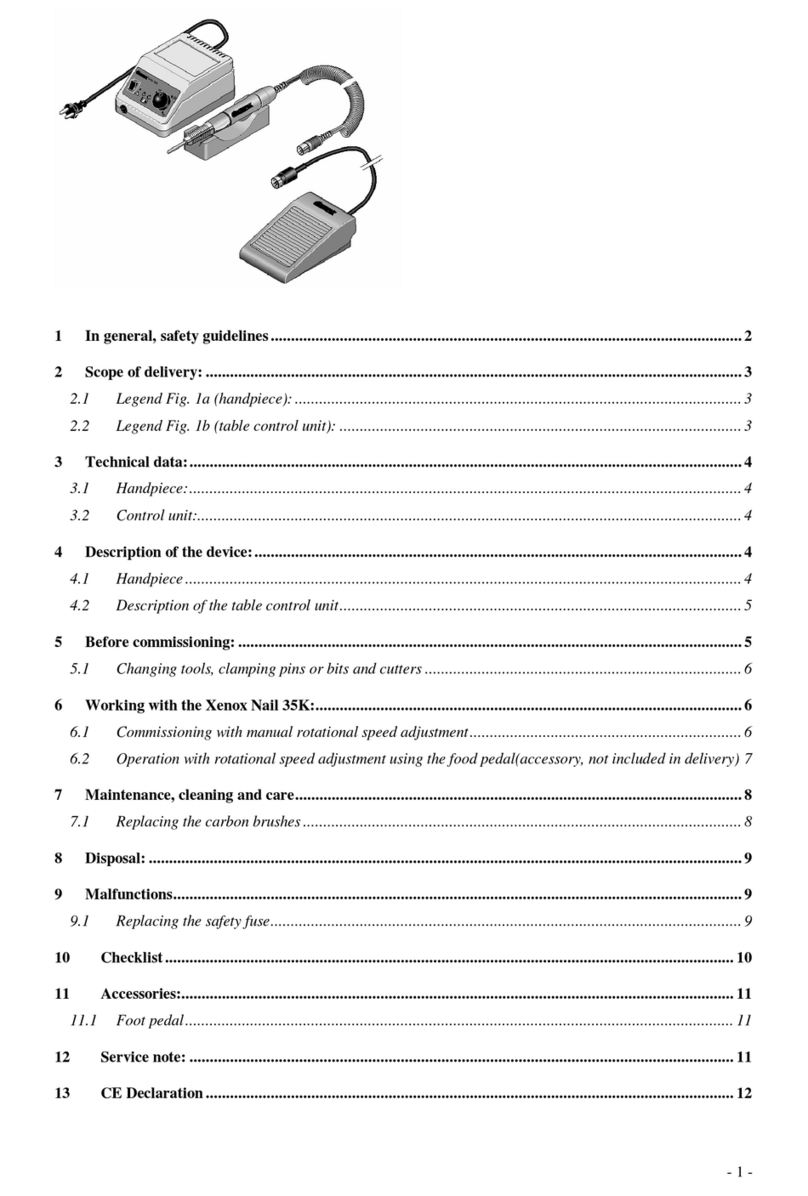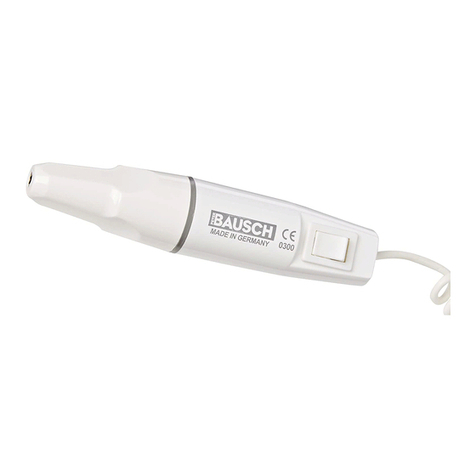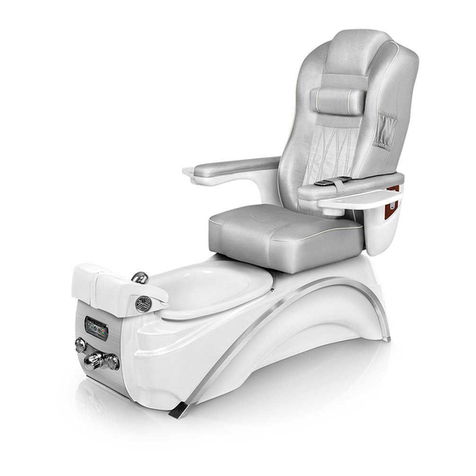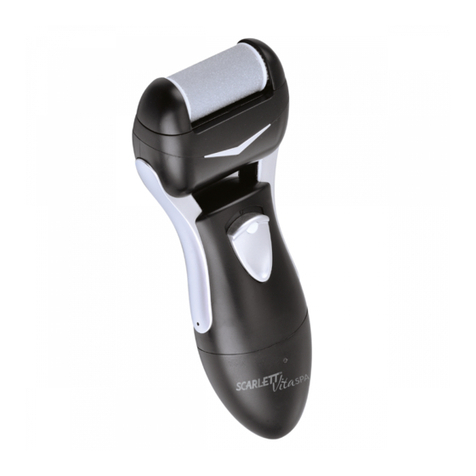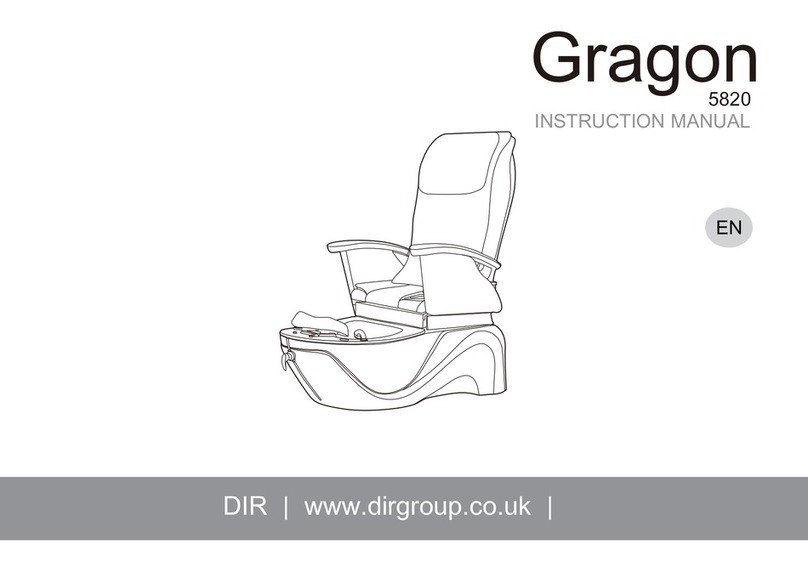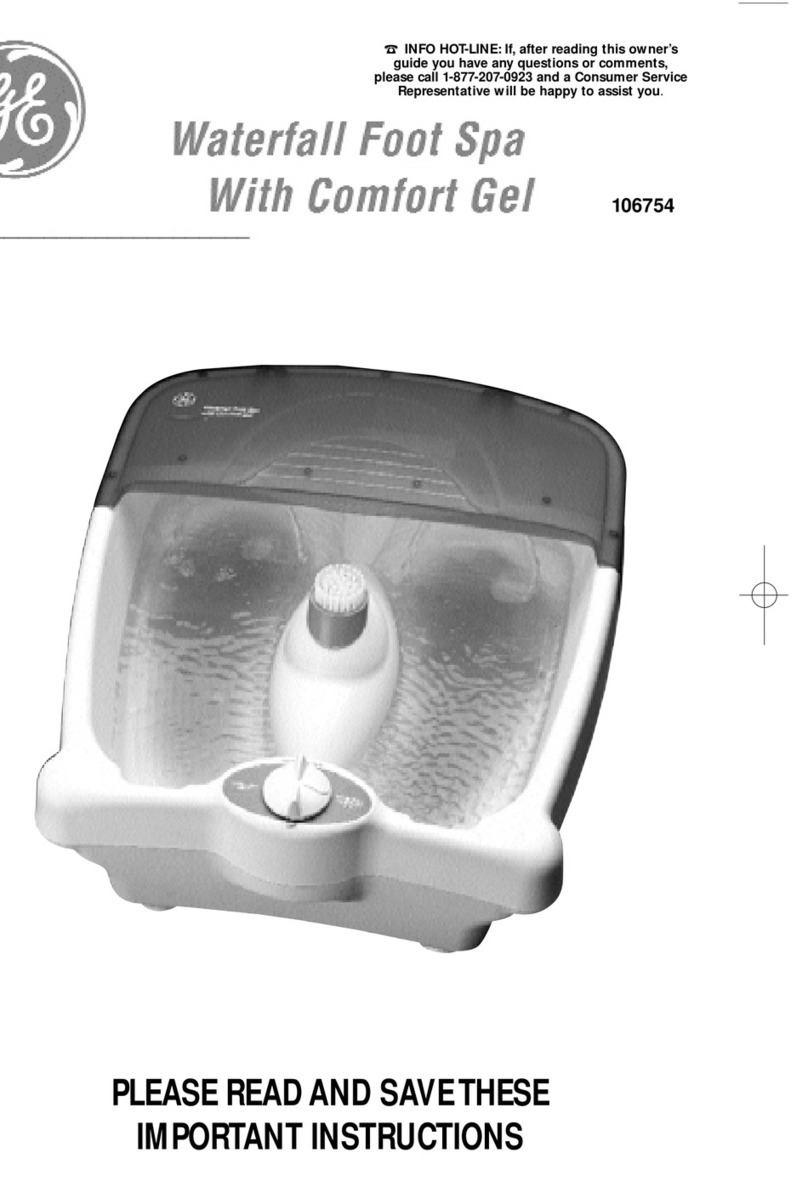hadewe Xantos-BT User manual
Other hadewe Pedicure Spa manuals

hadewe
hadewe Azuras CHROME User manual
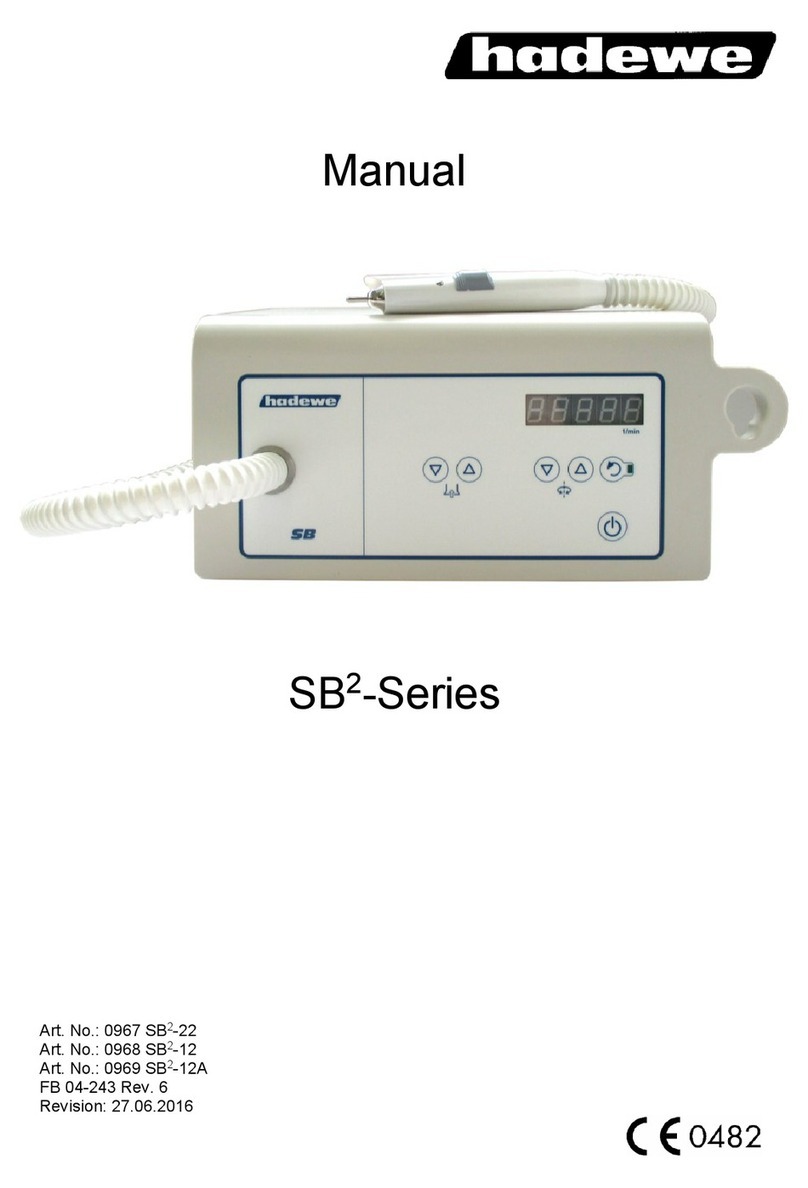
hadewe
hadewe SB2 Series User manual
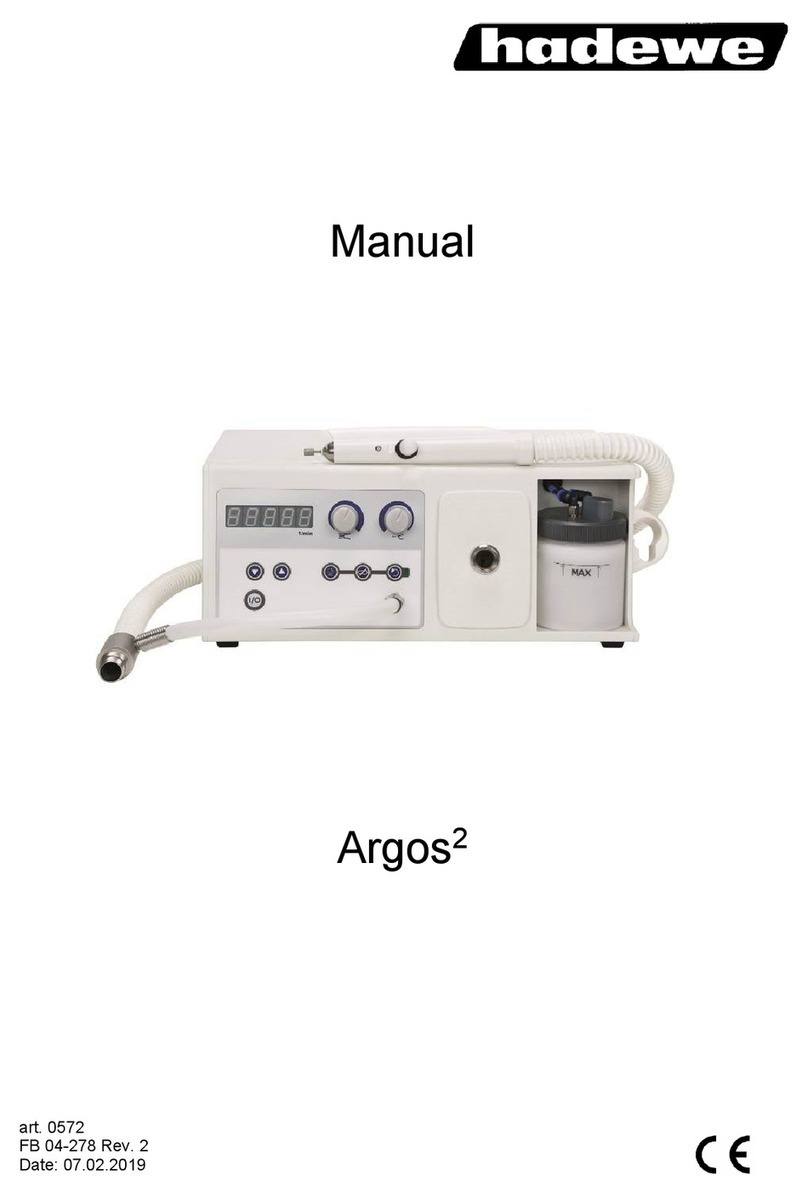
hadewe
hadewe Argos2 User manual
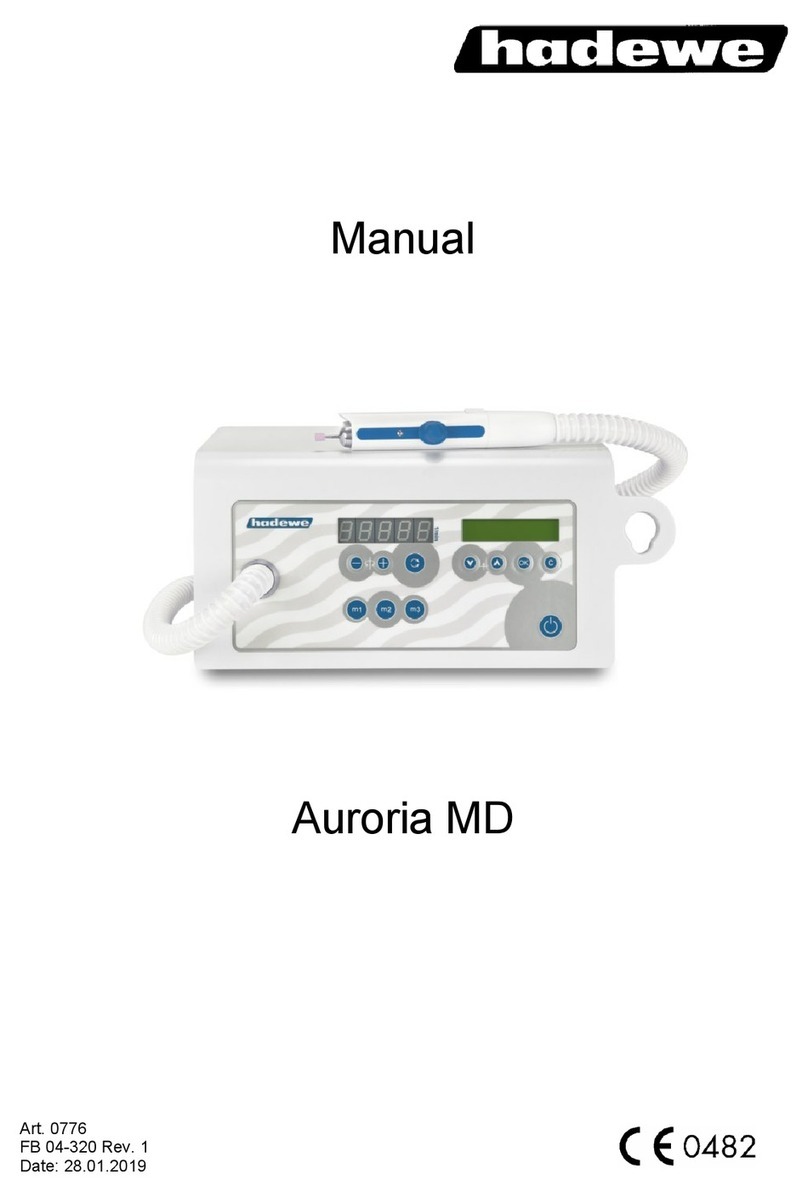
hadewe
hadewe Auroria MD User manual

hadewe
hadewe Veloria MD User manual
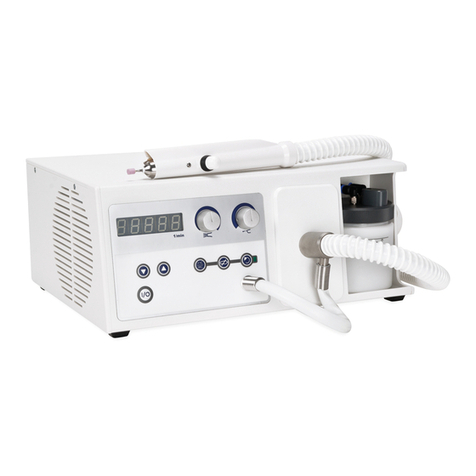
hadewe
hadewe Argos 2 User manual

hadewe
hadewe Azuras PLUS User manual
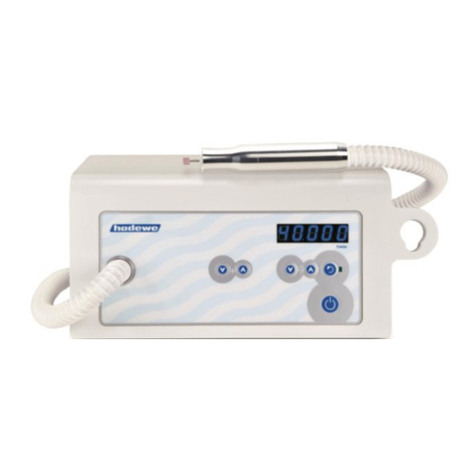
hadewe
hadewe Veloria Chrome User manual
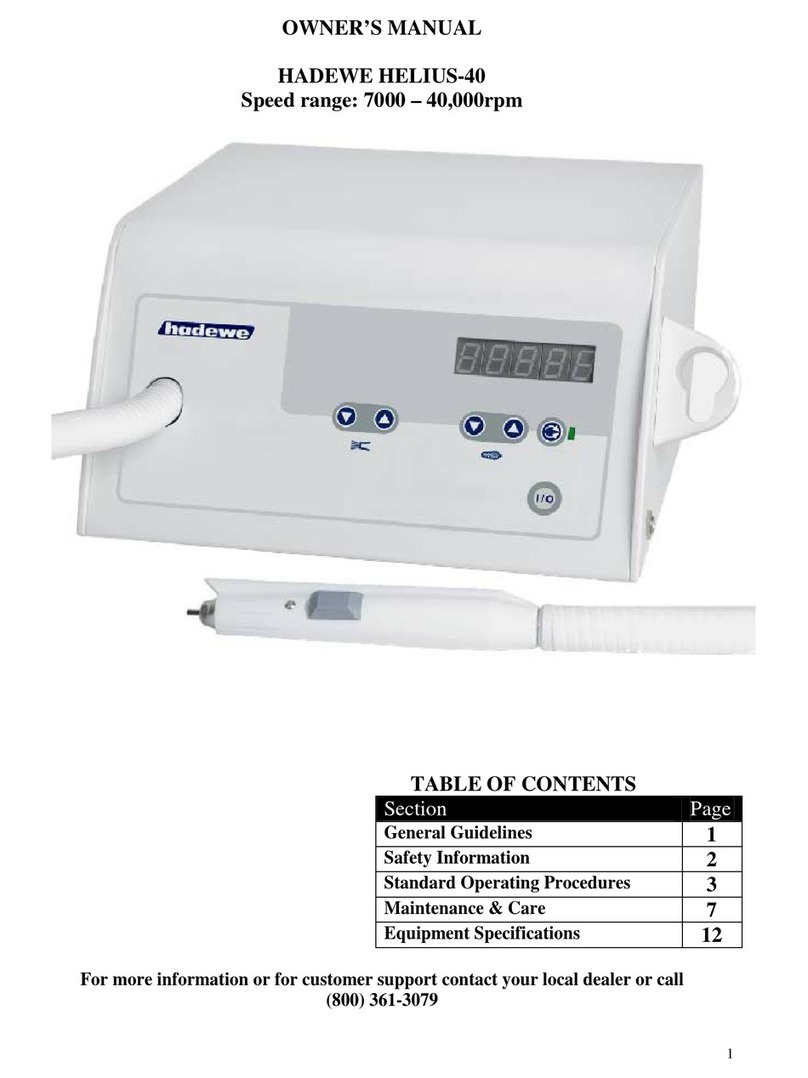
hadewe
hadewe HELIUS-40 User manual

hadewe
hadewe Veloria User manual
Popular Pedicure Spa manuals by other brands
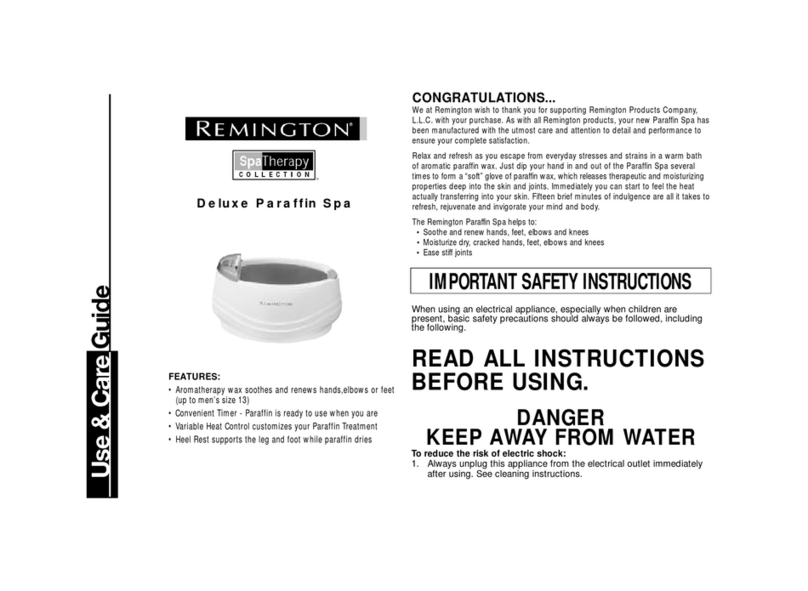
Remington
Remington PFS-600 Use & care guide
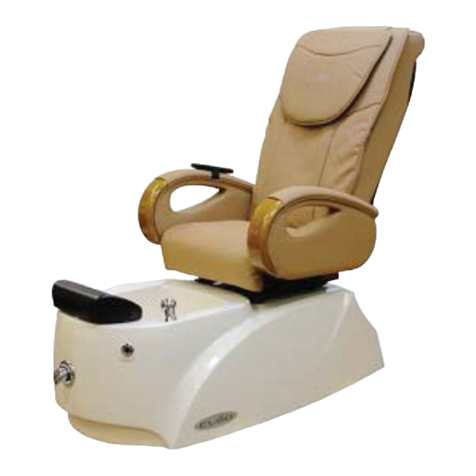
j&a
j&a Cleo AX installation guide
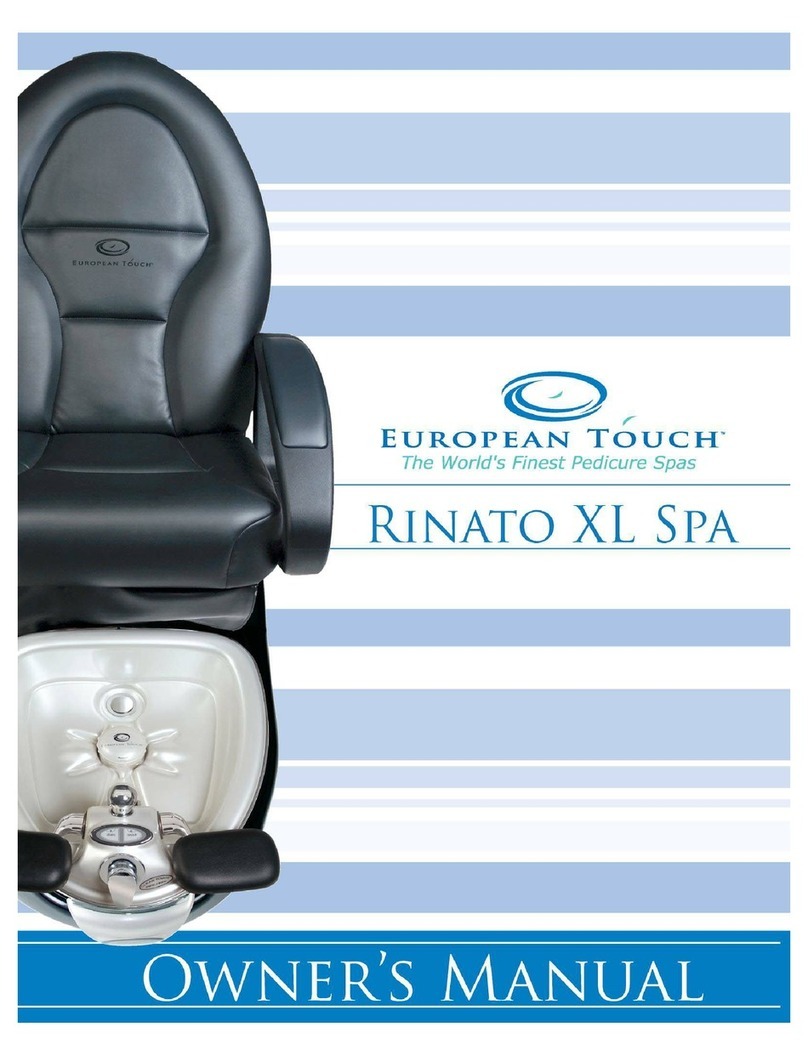
European Touch
European Touch RINATO XL SPA owner's manual

HoMedics
HoMedics BubbleBliss FB-30 Instruction manual and warranty

HoMedics
HoMedics JetSpa Elite FB-300 Instruction manual and warranty

HoMedics
HoMedics BubbleSpa BL-150 Instruction manual and warranty
